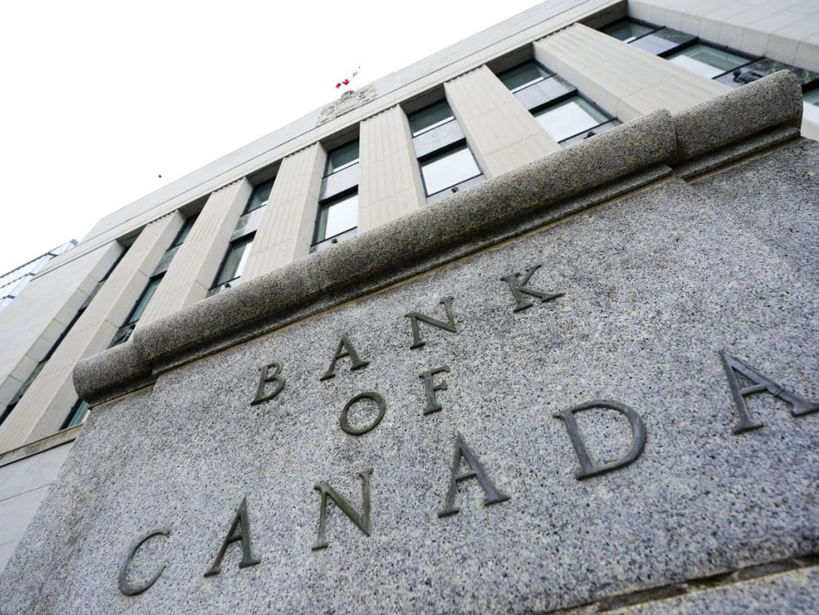The Bank of Canada (BoC) made an unexpected move today by cutting its benchmark interest rate by 50 basis points, a significant reduction aimed at addressing growing concerns about the Canadian economy. This aggressive rate cut brings the key overnight rate down to 3.75%, the lowest level in nearly two years, reflecting the central bank’s response to mounting signs of economic slowdown, declining consumer confidence, and global economic volatility.
The decision to cut rates by 50 basis points, rather than the widely expected 25 basis points, signals the BoC’s urgency in stabilizing the economy. The new policy rate cut from 4.25% to 3.75% marks the most substantial reduction since the early days of the pandemic. In his announcement, BoC Governor Tiff Macklem emphasized the need for decisive action as inflationary pressures ease but are replaced by concerns over sluggish economic growth.
“While inflation is gradually coming down, we are now focused on ensuring that the broader economy does not fall into recessionary territory,” Macklem stated. “This 50-basis point cut is meant to provide more immediate support to households and businesses feeling the strain of higher borrowing costs and global economic headwinds.”
Several factors prompted the Bank of Canada to opt for a larger-than-expected rate cut:
Slowing Economic Growth: Recent economic data has shown that Canada’s GDP growth is decelerating, with the economy growing at an annualized rate of just 0.6% in the third quarter. The BoC is concerned that this trend could lead to a more prolonged economic downturn, particularly as key sectors like housing, manufacturing, and retail continue to weaken.
Cooling Inflation: Inflation, which has been a major concern over the past year, has shown signs of softening. The latest figures indicate that inflation is approaching the BoC’s target range of 2-3%. However, the central bank is now shifting its focus from inflation control to stimulating growth, especially as energy prices stabilize and supply chain disruptions ease.
Global Economic Uncertainty: The global economy remains highly uncertain, with slowing growth in major trading partners such as the U.S. and China. Geopolitical tensions and volatility in financial markets have added to the risks facing the Canadian economy. The Bank of Canada’s rate cut aims to bolster domestic economic activity in the face of these external pressures.
High Household Debt: Canadian households remain among the most indebted in the world, and higher interest rates over the past year have significantly increased the cost of borrowing. The BoC’s rate cut is intended to provide relief to consumers struggling with rising mortgage payments and other debt obligations.
Financial markets reacted swiftly to the BoC’s surprise move. The Canadian dollar weakened against the U.S. dollar as investors adjusted to the likelihood of lower interest rates in Canada for an extended period. On the stock market, Canadian equities saw a modest rally, particularly in sectors like real estate, utilities, and consumer goods, which benefit from lower borrowing costs.
Bond yields also declined sharply following the announcement, signaling that investors expect interest rates to remain low in the near term. Lower bond yields will likely reduce the cost of financing for both businesses and the government, providing additional economic stimulus.
For Canadian consumers, the 50-basis point rate cut could offer some much-needed relief, especially for those with variable-rate mortgages and lines of credit. Lower borrowing costs may help ease the burden of rising mortgage payments and spur demand for loans and consumer spending.
Businesses are also expected to benefit from the lower cost of borrowing. Companies facing tighter financial conditions due to higher interest rates will now have more affordable access to capital, potentially leading to increased investments and hiring in the coming months.
While today’s rate cut is seen as a bold move, it raises questions about the Bank of Canada’s next steps. Some analysts suggest that the central bank could cut rates further in the coming months if economic conditions worsen, while others believe the BoC may pause to assess the effects of today’s reduction before making additional changes.
Governor Macklem acknowledged the uncertainty ahead, noting, “We will continue to monitor the data closely and will not hesitate to take further action if necessary. However, today’s decision is intended to provide immediate support as we navigate through these challenging times.”
The 50-basis point rate cut underscores the Bank of Canada’s commitment to fostering economic stability and ensuring that Canada avoids a deeper economic downturn. As the country continues to face global economic uncertainty, the BoC’s actions today signal that it is willing to act decisively to support growth, even if that means moving faster and more aggressively than expected.

